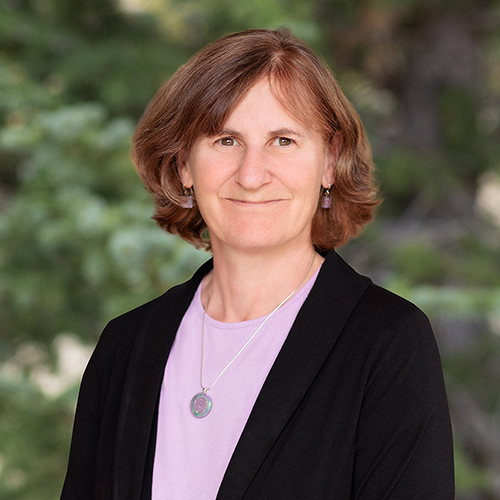
Ph.D., Water Resources Engineering, University of California, Berkeley, 1997
M.S., Water Resources Engineering, University of California, Berkeley, 1993
B.S., Forestry, University of Massachusetts, Amherst, 1989
Professional Engineer, Massachusetts (License No. 48975), New York (License No. 100156), Montana (License No. 78884)
Fundamentals of Mediation, Colorado State University (2023)
Facilitation and Mediation of Public and Environmental Conflicts, Collaborative Decision Resources (2017)
The Transport of Sediment and Contaminants in Surface Waters, a short course taught by Dr. Wilbert Lick of University of California, Santa Barbara
Marcia Greenblatt, Ph.D., P.E. Managing Principal, Business Director, Investigation and Remediation (720) 465-3347 Boulder, CO mgreenblatt@integral-corp.com
Dr. Marcia Greenblatt has more than two decades of experience meeting challenges with clients while also addressing the demands of regulatory agencies. She applies her specialized experience in upland and sediment contaminated site investigations to support industrial and legal clients in complex strategic and technical decision-making. She leads teams of scientists and engineers to build a holistic understanding of complex sites in order to efficiently manage the sites. Her success means finding a balanced solution for the client, the regulatory agency, and the environment.
Her responsibilities have included management of a major feasibility study and design of sediment, soil, water column, and bathymetric data collection programs and field sampling plans. In addition, she has integrated data analyses within a geographic information system (GIS) to support site conceptualization, characterize and evaluate fate and transport processes, identify data gaps, parameterize and apply numerical models, and evaluate remedial alternatives. Dr. Greenblatt has served as both a testifying and consulting technical expert on water quality and sediment allocation matters.
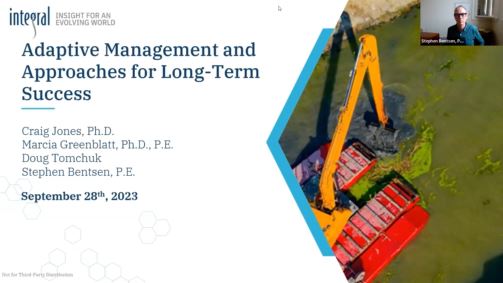
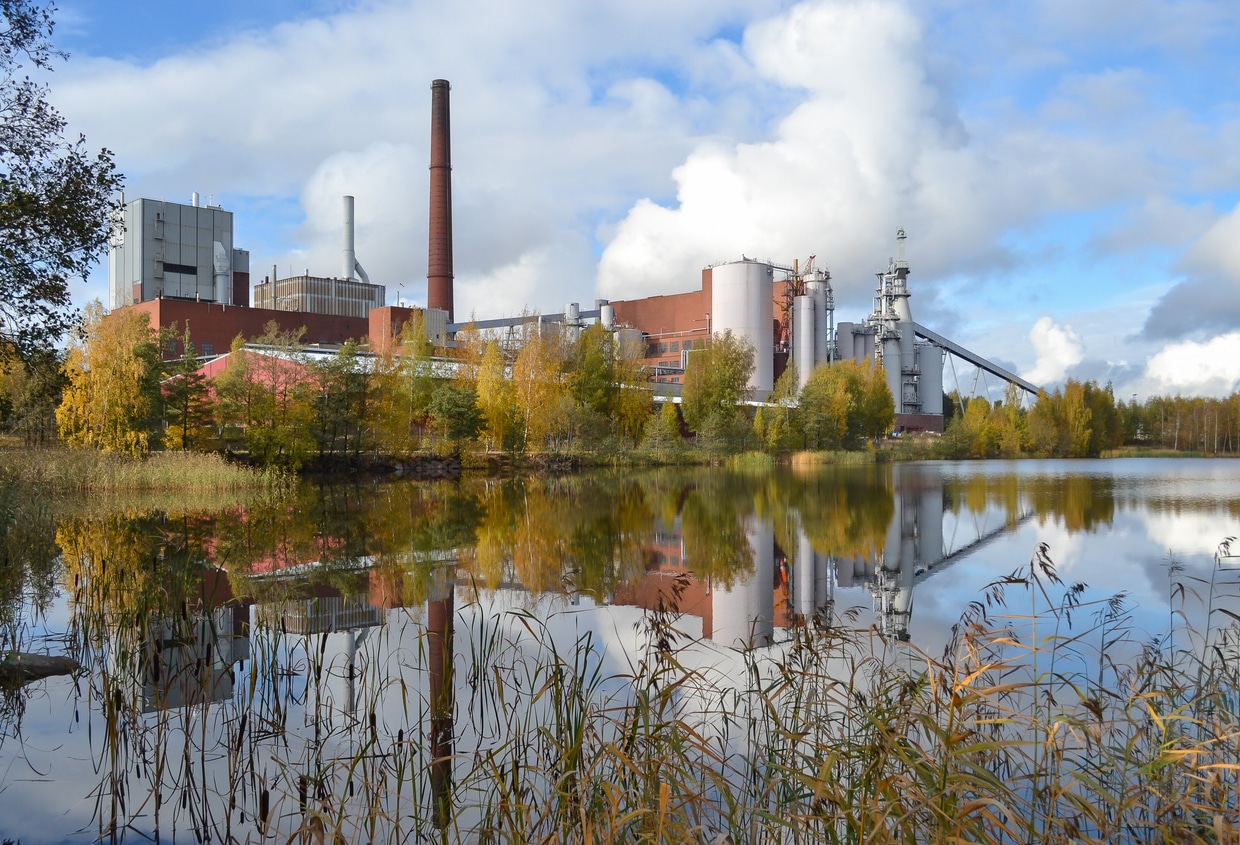
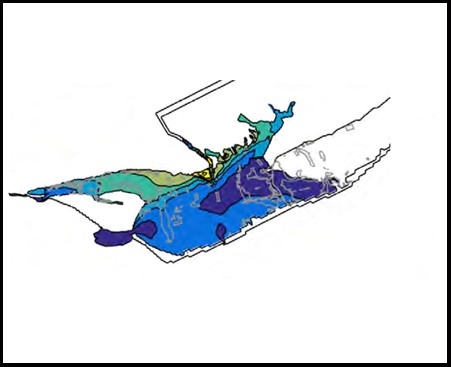
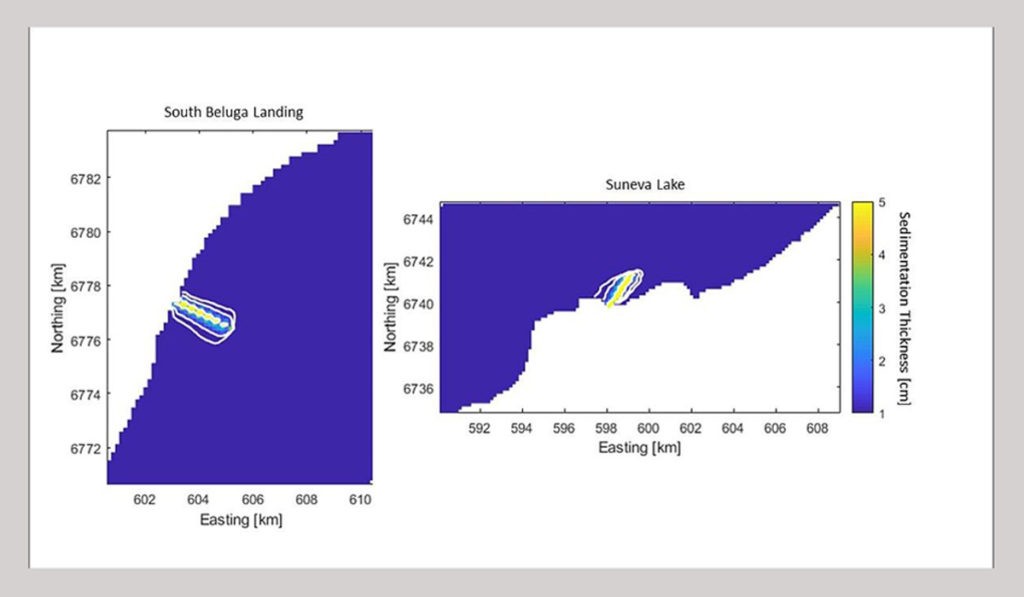
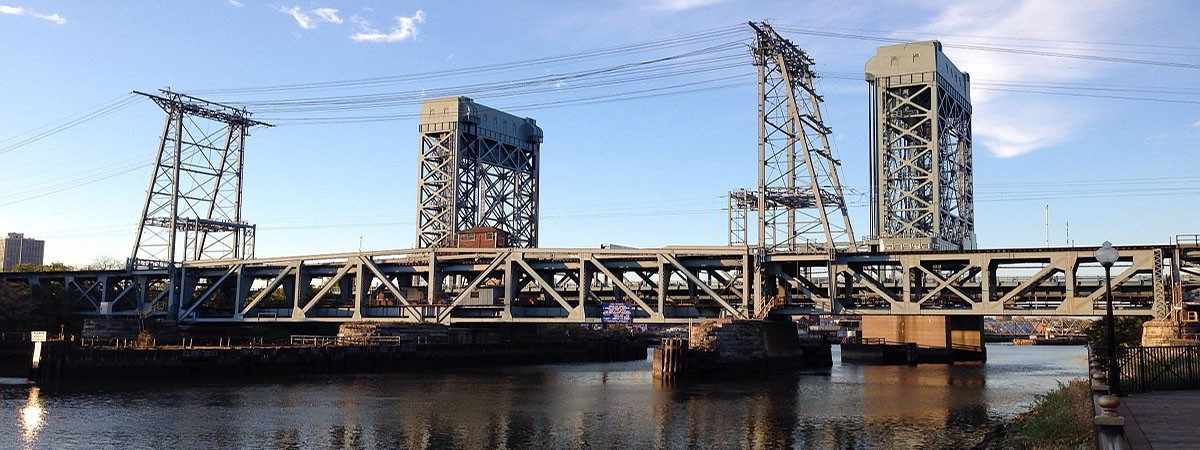
- Litigation Support
- Site Investigation
- Sediment Investigation
- Thermal Modeling
- Expert Testimony
- Hydrodynamics
- Planning and Permitting
- Oceanography
- Water Quality Modeling
- Sediment Transport Modeling
- Water Quality Sampling
Litigation Support
Site Investigation
Sediment Investigation
Thermal Modeling
Expert Testimony
Hydrodynamics
Planning and Permitting
Oceanography
Water Quality Modeling
Sediment Transport Modeling
Water Quality Sampling
Greenblatt, M. 2023. New ‘Waters’ Rule may speed projects, spawn more litigation. Law360, New York, NY. September 1.
Greenblatt, M. 2020. EPA groundwater guidance fails to answer key questions. Law360, New York, NY. December 21.
Greenblatt, M. 2019. Expert analysis: Justices’ Maui ruling could change groundwater permitting. Law360, New York, NY. November 15.
Greenblatt, M., W. Locke, and R. Law. 2019. Adaptive management: A practical approach to remediation of the Lower Passaic River. Platform presentation at Battelle 10th International Conference on the Remediation and Management of Contaminated Sediments, New Orleans, LA. February 11–14.
Greenblatt, M. 2017. Navigating numerical models in environmental litigation. Law360, New York, NY. October 26.
Greenblatt, M., and J. Connolly. 2015. Lower Passaic River (RM 10.9) early action: Evaluation of remedial design data and implications for river-wide remedy development. Battelle 8th International Conference on Remediation of Contaminated Sediments, New Orleans, LA. January 12–15.
Thorvaldsen, A., G. Dang, P. Israelsson, J. Connolly, P. Oates, and M. Greenblatt. 2015. A contaminant mapping methodology for remedial alternatives assessment on the Lower Passaic River. Battelle 8th International Conference on Remediation of Contaminated Sediments, New Orleans, LA. January 12–15.
Greenblatt, M., M. Barbara, J. Connolly, and R. Law. 2011. Lower Passaic River conceptual site model —Integration of multiple lines of evidence. Battelle 6th International Conference on Remediation of Contaminated Sediments, New Orleans, LA. February 8.
Barbara, M., M. Greenblatt, and J. Connolly. 2010. Sediment stability in the Lower Passaic River—Integration of multiple lines of evidence. Fourth Passaic River Symposium, Montclair, NJ. June 22.
Gilman, J, J. San Antonio, M. Greenblatt, and S. Emmons. 2010. Application of RMA2 for design and construction of the inner harbor navigation canal hurricane surge barrier. In: 83rd Annual Water Environment Federation Technical Exhibition and Conference (WEFTEC), New Orleans, LA.
Connolly, J., M. Greenblatt, L. Postma, H. Winterwerp, R. Canizares, and R. Law. 2009. Interpretation of spatial patterns of contaminants in the Lower Passaic River. SETAC North America 30th Annual Meeting, New Orleans, LA. November 19–23.
Law, R., J. McNally, R. Canizares, and M. Greenblatt. 2009. Evaluation of sediment stability in the Lower Passaic River using the weight-of-evidence approach. SETAC North America 30th Annual Meeting, New Orleans, LA. November 19–23.
Greenblatt, M., S. Wolf, and T. Fredette. 2009. Providence River and Harbor maintenance dredging project—summary and lessons learned. Western Dredging Association XXIX Conference and 40th Texas A&M Dredging Seminar, Tempe, AZ. June 14–17.
Gerath, M., and M. Greenblatt. 2008. Evaluation of hydrologic disturbance frequency and duration in western ephemeral streams. In: Relevance of ambient water quality criteria for ephemeral streams and effluent-dependent watercourses of the arid western United States. R.W. Gensemer, R.D. Meyerhoff, K.J. Ramage, and E.F. Curley (Eds.). Pensacola, FL. Society of Environmental Toxicology and Chemistry. 268 pp.
Ruffle, B., M. Greenblatt, and D. Reid-Green. 2007. Application of geostatistics and risk assessment to property divestitures. University of Massachusetts Annual Conference on Soils, Sediments, Water, and Energy, Amherst, MA. October 15–18.
Wolf, S., M. Greenblatt, and T. Fredette. 2006. Stability and recovery of capped in-channel CAD cells —Boston Harbor, MA. Western Dredging Association XXVI Conference and 38th Texas A&M Dredging Seminar, San Diego, CA. June 25–27.
Greenblatt, M. 2003. Modeling aquatic biology: A TMDL challenge. 27th Annual Meeting of the New England Association of Environmental Biologists, Wachusett, MA. March 26–28.
Greenblatt, M., K. Hickey, and K. Heim. 2001. Riverine nutrient TMDL allocation: overview of the field program and modeling application. In: Proc. of the 2nd ASCE Wetlands Engineering and River Restoration Conference. Reno, NV. American Society of Civil Engineers.
Morin, I., K. Hickey, M. Greenblatt, and G. Gong. 2000. Using GIS as an interface for 3D hydrodynamic modeling. Estuarine and coastal modeling. In: Proc. of the 6th International Conference, New Orleans, LA. November 1999.
Hickey, K., I. Morin, M. Greenblatt, and G. Gong. 2000. 3D hydrodynamics of an estuary in Nova Scotia. Estuarine and coastal modeling. Proc. of the 6th International Conference, New Orleans, LA. November 1999.
Greenblatt, M.S., and R.J. Sobey. 1998. Near surface flow and transport in tidal wetland marsh plains. In: Proc. of the ASCE Wetlands Engineering and River Restoration Conference. Denver, CO. American Society of Civil Engineers.
Greenblatt, M.S., and R.J. Sobey. 1999. Subsurface flow and transport in tidal wetlands: Marsh plain equations. J Engr. Mech. 125(8):971–974.
Greenblatt, M.S. 1997. Surface water-groundwater interactions in a tidal wetland marsh plain. Ph.D. thesis. University of California, Berkeley, Berkeley, CA.
Greenblatt, M.S., and R.J. Sobey. 1997. Saturated/unsaturated flow and salinity transport using method of lines. pp. 907-912. In: Environmental and Coastal Hydraulics: Protecting the Aquatic Habitat. Water for a Changing Global Community: Proc. of the XXVII Congress. International Association for Hydraulic Research, San Francisco, CA.
Greenblatt, M.S., and R.J. Sobey. 1997. Subsurface flow and salinity response patterns in a tidal wetland marsh plain. In: Tidal Wetland Management: Integrated Ecological and Physical Processes. Proc. of the XXVII Congress. International Association for Hydraulic Research, San Francisco, CA. Short Course Notes.


